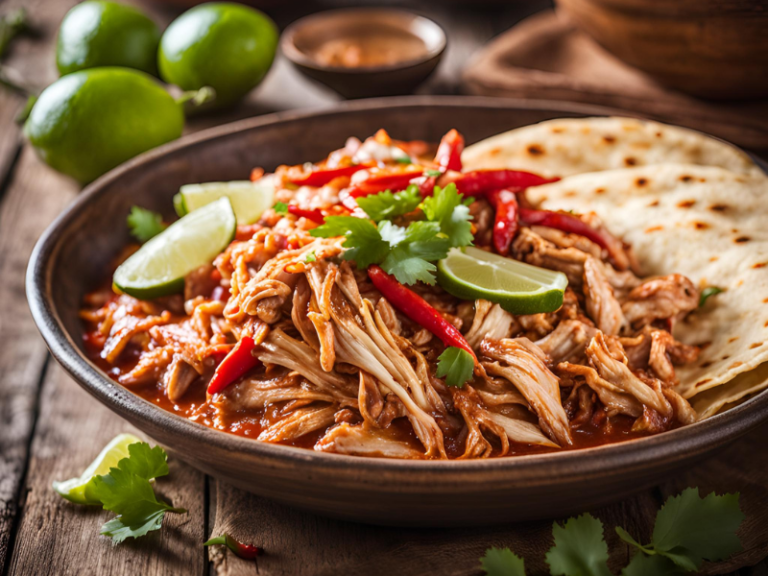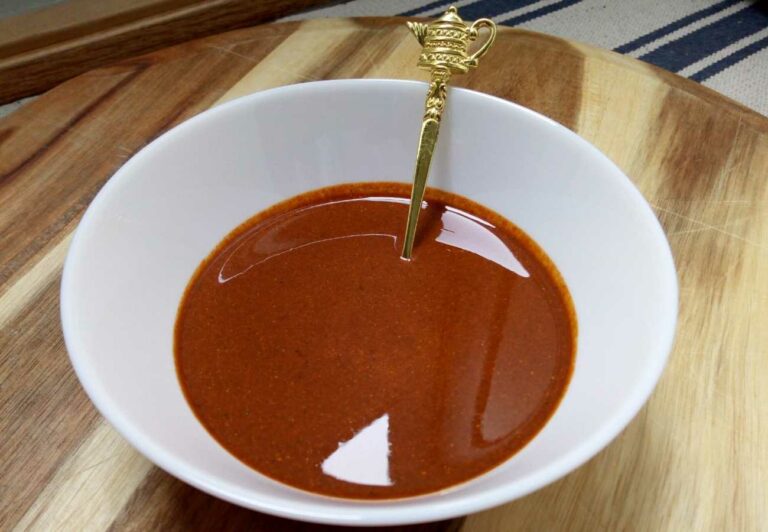Ugandan Food: 11 Traditional Dishes of Uganda
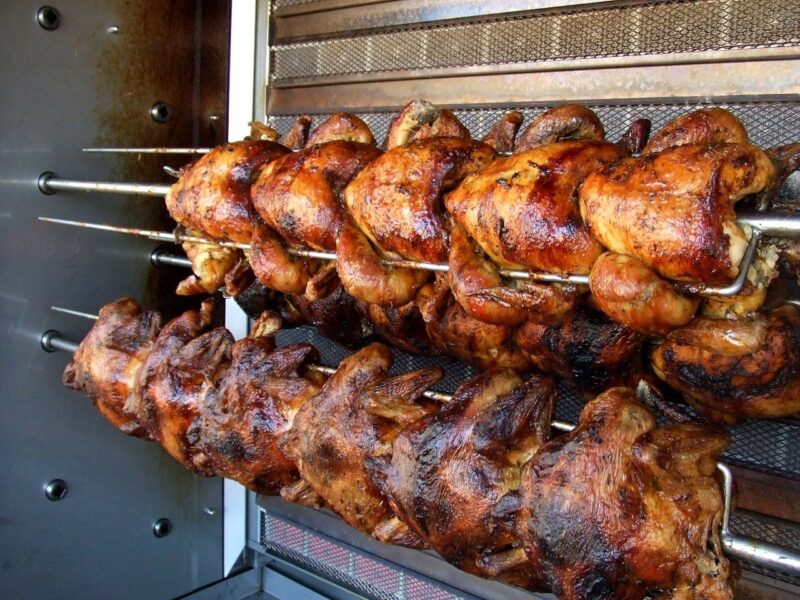
Uganda is country located in East Africa, bordered by Kenya, South Sudan, the Democratic Republic of Congo, Rwanda and Tanzania.
Famous for its beautiful landscapes and wildlife, Uganda has a rich cultural heritage, with over 50 ethnic groups.
Uganda is home to Lake Victoria, Africa’s largest lake, which it shares with Kenya and Tanzania. Uganda also holds Bwindi Impenetrable National Park, a renowned mountain gorilla sanctuary that is home to over half of the remaining mountain gorillas in the world.
Many of Uganda’s most popular dishes are centered around a starchy base served with a rich sauce or stew, usually made with meats like goat, beef, chicken, as well as beans and/or groundnuts (peanuts).
Maize, cassava, beans, and sweet potatoes are staple ingredients in Ugandan cuisine.
Fresh fruits are abundant in Uganda; bananas, passion fruits, jackfruits, soursop, pawpaw and sugarcane can be found in markets and grocery stores across the country.
Rolex, a popular Ugandan street food, consists of a rolled chapati filled with a fried egg and vegetables. Another staple is posho, a dense maize porridge that is served with stew or soup.
Rolex (Chapati)
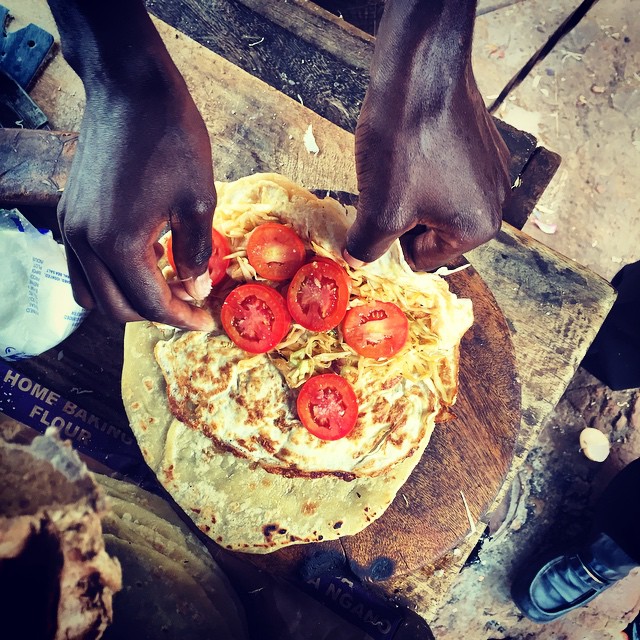
Rolex is popular street food in Central and Eastern Uganda, made by frying a thin layer of mixed wheat flour, water, and salt to form a chapati. This is then filled with eggs, tomatoes and onions.
There are other varieties of chapati flavors, with some including grated carrots, green peppers, and spices such as ginger. Other recipes may include shredded meats like chicken.
Rolex was initially cooked as a breakfast food, although it may be enjoyed at any time of the day.
Matooke (Green Banana)
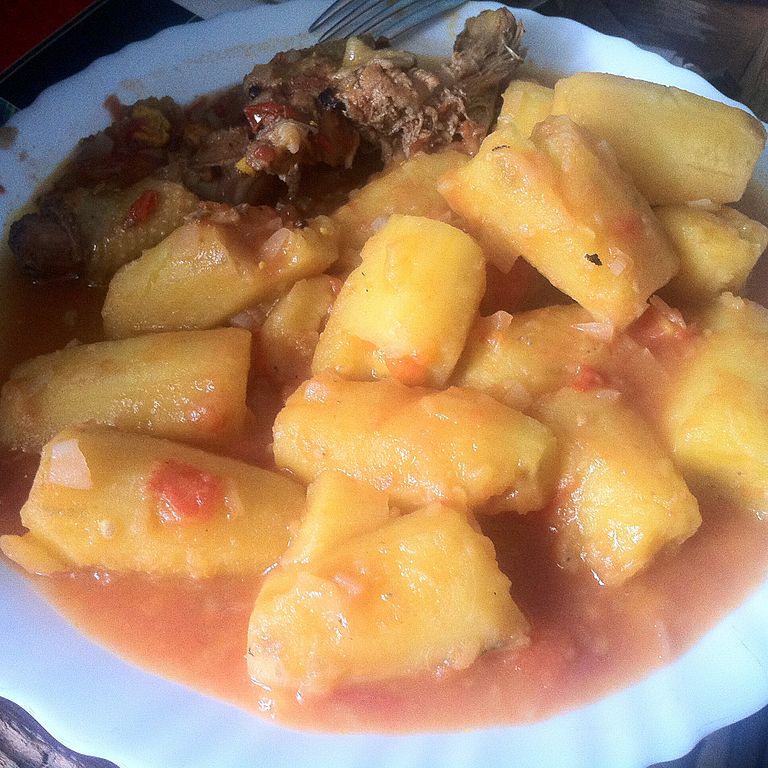
Matooke is a staple Ugandan dish, made from raw green bananas or plantain. Mashed matooke can be served as a side dish to other foods fish, meat, or vegetables.
Matooke may also be combined into other dishes such as stews, along with other ingredients like meat, onions and tomatoes.
Sweet potatoes
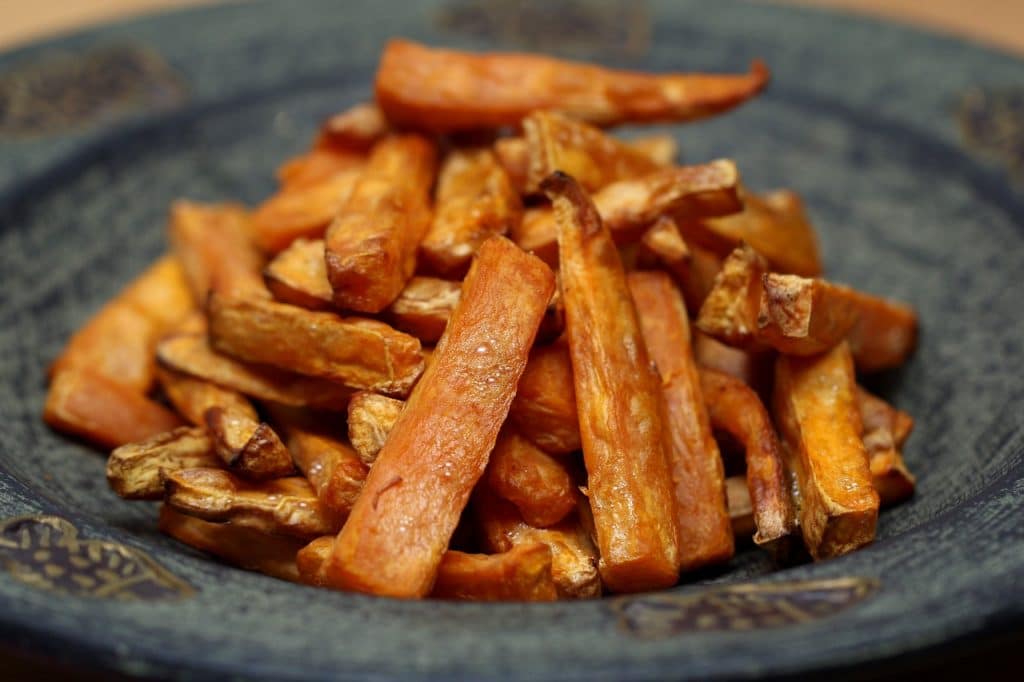
Sweet potatoes are mainly enjoyed in the Eastern part of Uganda where they are typically steamed and served with a sauces such as groundnut paste, meat, chicken or vegetables.
In some parts of the country, the sweet potatoes are peeled, cut into pieces, and sundried. The dried pieces are then pounded, cooked, and combined with cooked beans to form a stew.
Katogo (Mashed Green Plantains)
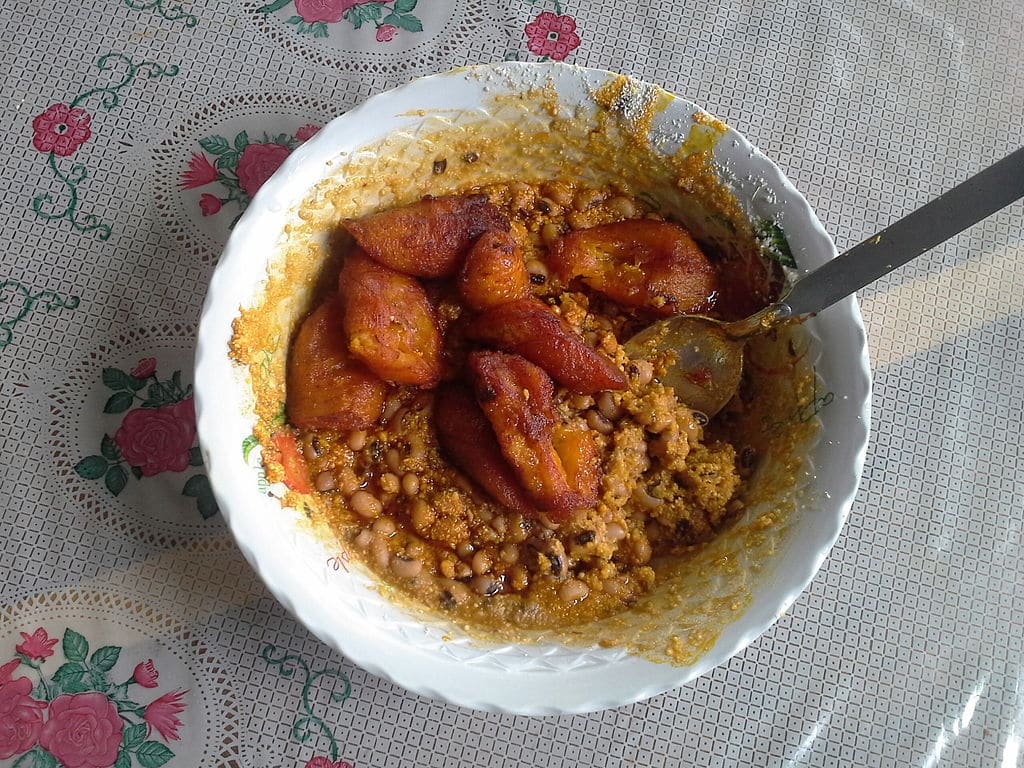
Katogo is a popular Ugandan breakfast food, usually made from mashed matoke (green plantains) or cassava topped with a stew made with beans and meat.
A popular topping for matooke is byenda, which is goat or cow tripe (the inner lining of the stomach).
Katogo is originally from Buganda and Western Uganda.
Millet Bread
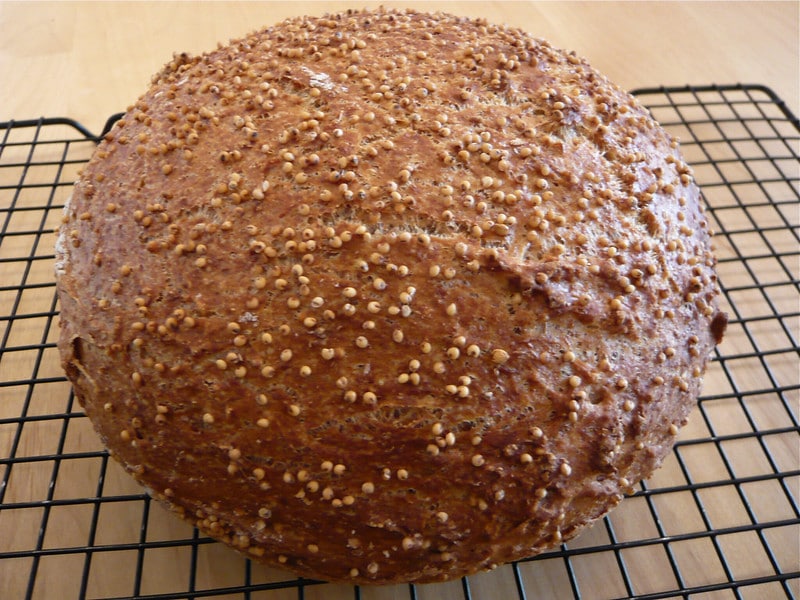
Millet bread is made with millet flour, or sometimes a mixture of cassava flour and millet flour. Traditionally, the millet flour is ground using a grinding stone.
In Northern Uganda, Millet bread (kwon kal) is enjoyed with bitter green leaves (malakwang) or as a side dish to meat or fish stews.
In Western Uganda, millet bread is generally served with boiled goat or cow meat, and Eshabwe which is made using mature ghee, rock salt and water.
Amalewa (Bamboo Shoots)
Amalewa is a bamboo shoot sauce made by the Bagisu people of Eastern Uganda.
The shoots are harvested and hung to dry above a fireplace. Once dry, they are soaked in water and cut into small pieces, washed, boiled, and mixed with groundnut sauce. Amalewa is usually served with cassava, sweet potatoes, or plantain.
Muchomo
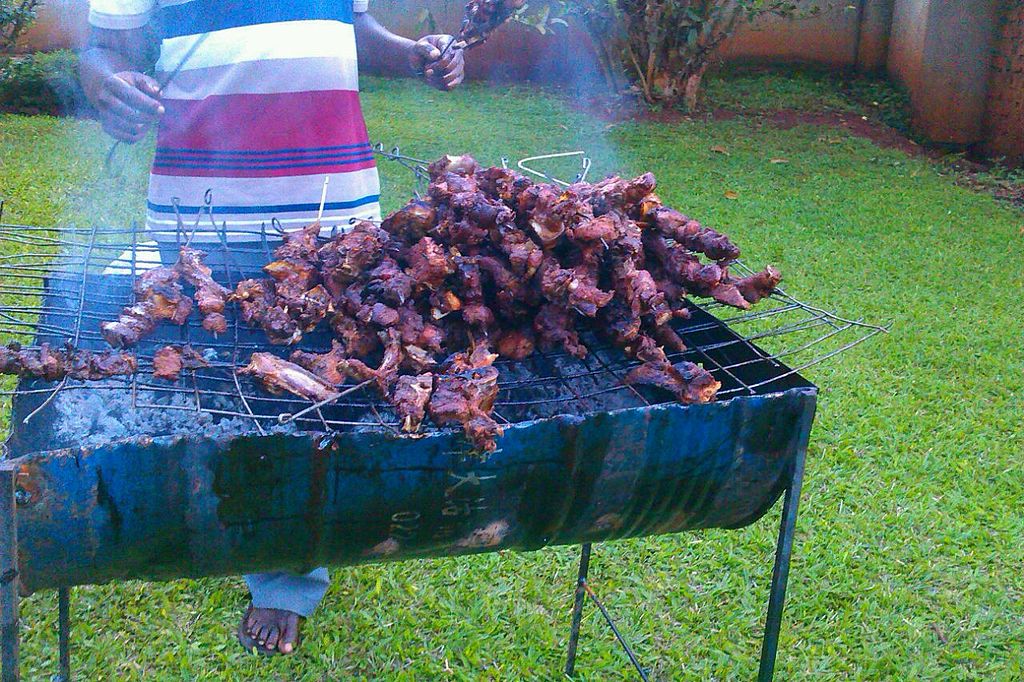
Muchomo is the name for grilled meat, usually cooked over a flame or hot coals. It can be roasted chicken, cow meat, goat meat, chicken gizzards, chicken liver, or pork.
The grilled meat is usually served with roasted plantain known as Gonja, salad or fries.
Muchomo can be found served in restaurants, markets and by vendors at the roadside.
Posho/Ugali
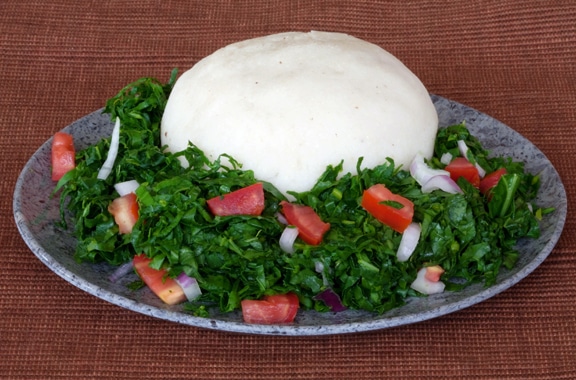
Posho is a a thick, starchy porridge made from ground maize. This dish is usually served as a side with sauces and stews made with beans, meat, chicken, fish, or vegetables.
Posho is made by boiling maize flour in water, while continuously stirring it to prevent any lumps from forming, until a thick consistency is achieved.
Nsenene (Fried Grasshoppers)
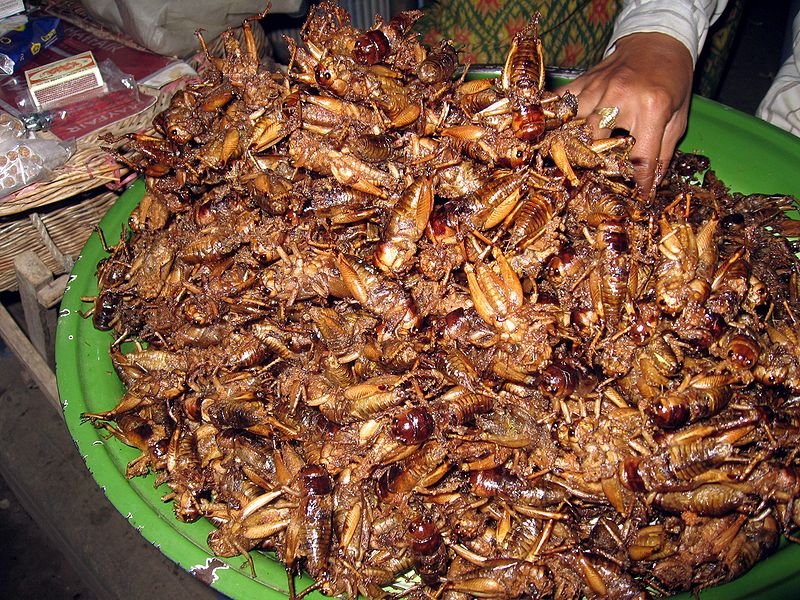
Nsenene is a dish made with grasshoppers that are fried in fat and spiced with onions and garlic.
This dish is eaten as a snack, it has a crunchy testure with a salty, somewhat spicy flavor due to the seasoning added.
Bushera (Fermented Drink)
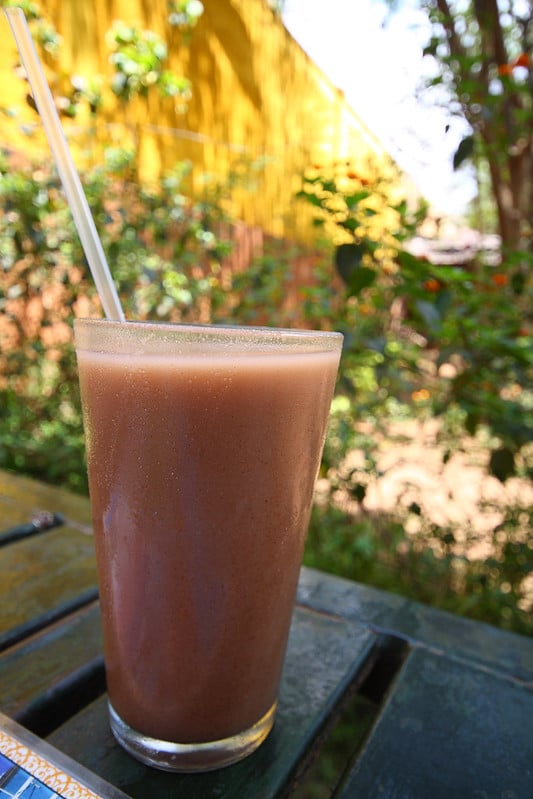
Made from millet or sorghum flour, bushera is a fermented drink in Western Uganda.
This drink is a popular non-alcoholic alternative to soda. Bushera can be enjoyed on its own or with honey for added sweetness.
Luwombo

Luwombo is a meat dish which is wrapped in banana leaves and steamed. First, a sauce containing vegetables and spices is prepared. The sauce is placed into the banana leaves, and the meat is placed into the sauce then they are wrapped inside the banana leaves before cooking.


